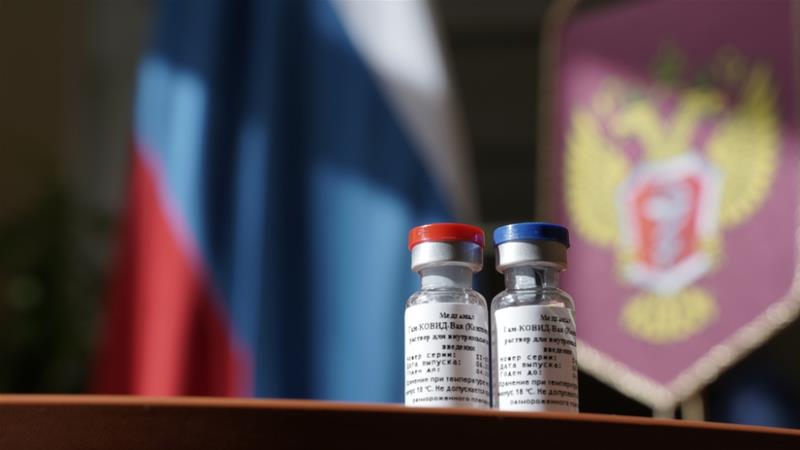Russia has begun releasing its coronavirus vaccine, Sputnik V, to the general public as developers prepare to conduct large-scale clinical trials while administering the shot to civilians.
"The first batch of the Gam-COVID-Vac (Sputnik V) vaccine … passed the needed quality tests … and was released into civil circulation," the Health Ministry said in a statement on Tuesday, adding that regional distribution will start in the near future.
President Vladimir Putin's announcement on August 13 that Russia had become the first country to grant regulatory approval to a COVID-19 vaccine raised scepticism.
The Sputnik V - in homage to the world's first satellite launched by the Soviet Union - has not yet completed its phase-three trial, which involves wide-scale testing with thousands of participants.
To respond to critics, Moscow hailed at results published on Friday by the Lancet medical journal showing that the vaccine produced an antibody response in all participants and no serious side effects. The study was conducted in June-July and involved 76 people.
Across the globe, more than 200 vaccine candidates are being developed and trialled, with at least 24 in the human clinical trial phase, according to the World Health Organization (WHO).
Here is what we know so far about Russia's vaccine:
Sputnik V
The "Sputnik V" is a vaccine developed by the Gamaleya research institute in coordination with the Russian defence ministry. It is based on a proven vaccine against adenovirus - the common cold.
The vaccine is expected to provide immunity from SARS-CoV-2, the virus that causes COVID-19, for up to two years, according to the Russian health ministry. But the results of the limited trials have yet to be made public.
The vaccine is administered in two doses and consists of two serotypes of human adenovirus, each carrying an S-antigen of the new coronavirus, which enter human cells and produce an immune response.
It is a so-called viral vector vaccine, meaning it employs another virus to carry the DNA encoding of the needed immune response into cells.
SOURCE: ALJAZEERA



